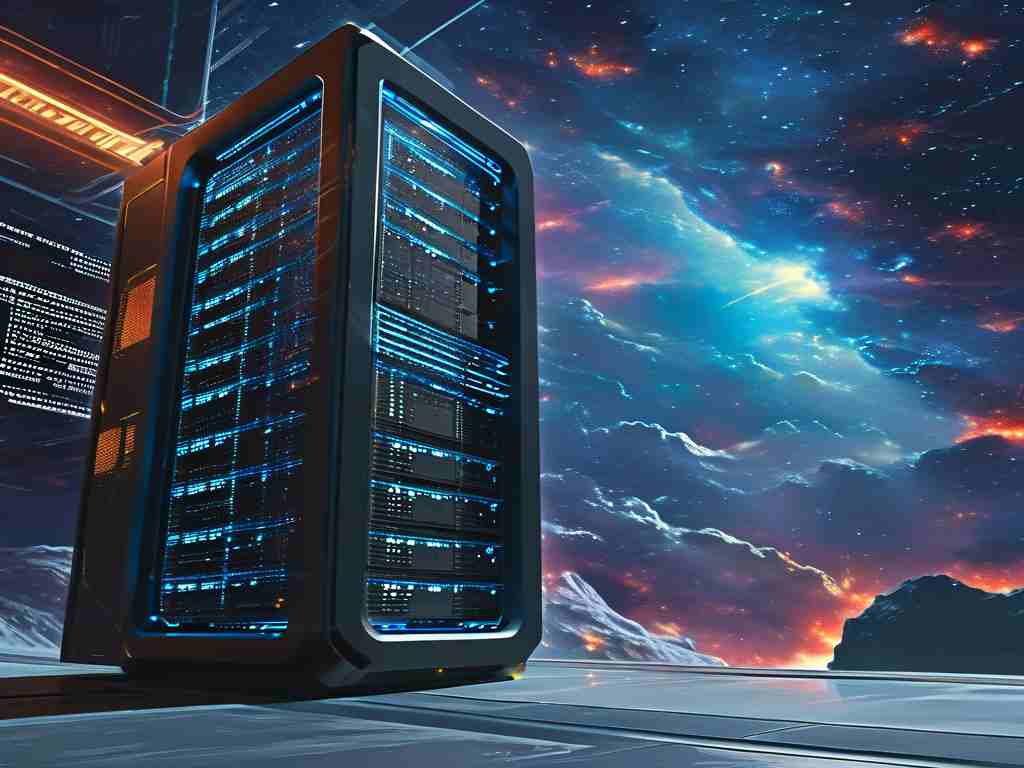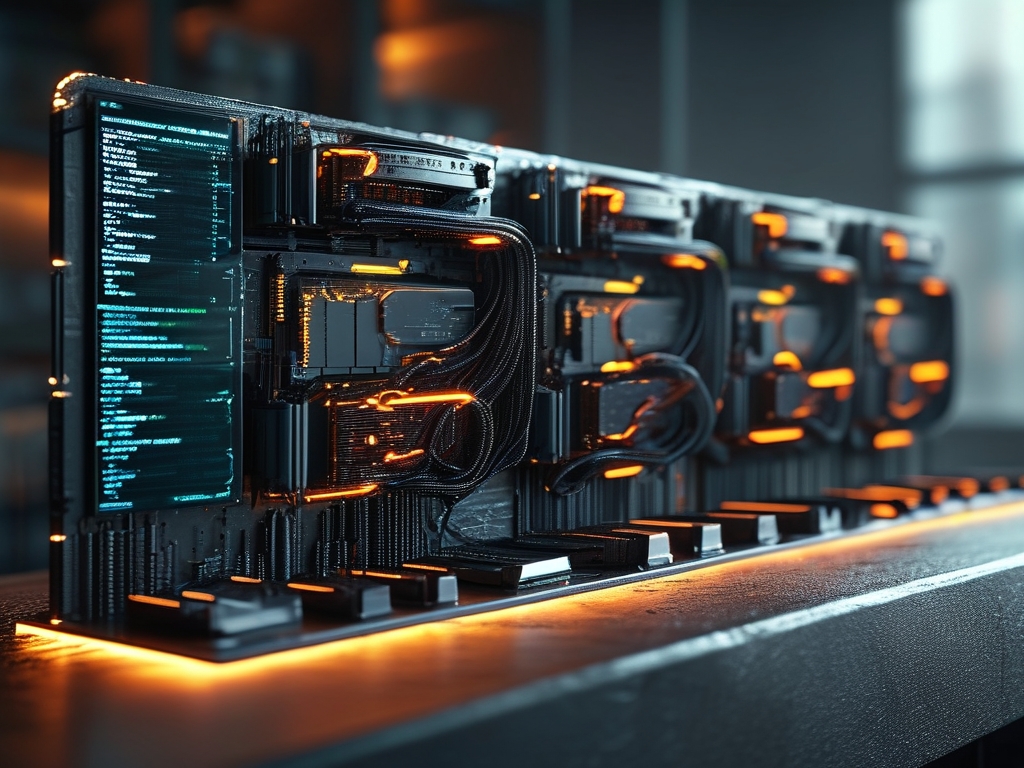As artificial intelligence systems evolve from laboratory prototypes to real-world solutions, the spotlight increasingly falls on an often-underestimated component: computational memory. This invisible workhorse determines how efficiently AI models process information, learn patterns, and deliver actionable insights.

Architectural Foundations
Modern AI architectures demand memory systems that transcend traditional computing paradigms. While conventional CPUs handle sequential tasks with modest memory requirements, neural networks executing parallel computations require memory architectures capable of sustaining terabyte-scale data flows. The difference between successful real-time image recognition and system latency often lies in memory bandwidth optimization.
Cutting-edge AI accelerators now integrate three-tier memory hierarchies:
- On-chip SRAM for immediate operand storage (8-16MB in flagship TPUs)
- High Bandwidth Memory (HBM) stacks offering 1-2TB/s throughput
- Shared DDR5 pools for bulk parameter retention
This stratified approach enables simultaneous weight prefetching and activation processing, crucial for maintaining computational pipelines.
Performance Determinants
Memory-bound operations account for 60-70% of typical neural network execution cycles. The matrix multiplication kernel – backbone of deep learning – exemplifies this challenge. A 1024×1024 matrix operation requires:
- 2MB for input buffers
- 4MB for weight storage
- 2MB output allocation
Without proper memory alignment, even powerful compute units sit idle waiting for data. Advanced frameworks now employ just-in-time tensor remapping, reducing memory footprint through dynamic data type quantization.
Emerging Technologies
The memory landscape is witnessing revolutionary developments:
Phase-Change Memory (PCM)
Non-volatile storage cells capable of storing 3+ bits per cell, demonstrating 10ns access times in experimental setups. Samsung's 2023 prototype achieved 32GB arrays with 8GB/s sustained throughput.
Compute-in-Memory (CIM) Architectures
Breaking the von Neumann bottleneck, CIM chips perform analog computations within memory arrays. Mythic AI's analog matrix processor demonstrates 25 TOPS/W efficiency by eliminating separate compute/memory units.
Practical Implementation Challenges
Deploying optimized memory systems presents multiple hurdles:
Thermal Constraints
HBM2e modules dissipate 3-5W per stack, requiring sophisticated cooling solutions. Google's latest TPU v4 employs microchannel liquid cooling for memory components.
Error Correction
AI workloads tolerate approximate computing, but critical memory segments require advanced ECC. NVIDIA's H100 GPU implements 4-bit SECDED (Single Error Correction, Double Error Detection) across all HBM partitions.
Industry Benchmarks
Comparative analysis reveals significant performance deltas:
| System | Memory Bandwidth | ResNet-50 Inference |
|---|---|---|
| NVIDIA A100 | 1.6TB/s | 780 images/sec |
| Graphcore IPU | 900GB/s | 650 images/sec |
| Groq TSP | 820GB/s | 920 images/sec |
The Groq architecture demonstrates how smart memory scheduling can outperform raw bandwidth advantages.
Software-Level Optimization
Memory-aware programming paradigms are gaining traction:
- TensorFlow's Memory Profiler identifies layer-specific allocation patterns
- PyTorch 2.0 introduces asynchronous pinned memory transfers
- ONNX Runtime incorporates automatic memory sharing between models
Developers at DeepMind report 40% memory reduction in Transformer models through gradient checkpointing and selective activation retention.
Future Trajectories
Three key trends are shaping AI memory evolution:
-
Unified Virtual Memory Spaces
AMD's CDNA3 architecture demonstrates 512TB virtual address space spanning CPU/GPU/HBM -
Optical Interconnects
Intel's integrated photonics prototype shows 10Tb/s optical memory buses -
Neuromorphic Designs
IBM's TrueNorth chip implements event-driven memory access, reducing DRAM refresh cycles
As AI models grow exponentially in complexity – GPT-4 requiring 1TB+ parameters versus GPT-3's 175B – innovative memory solutions will determine practical viability. The next frontier lies in developing adaptive memory systems that dynamically reconfigure based on workload characteristics, potentially blending different memory technologies within single compute platforms.
AI computational memory has transitioned from supporting actor to lead role in artificial intelligence development. Its evolution directly impacts model capabilities, energy efficiency, and deployment scalability. As researchers push the boundaries of in-memory computing and photonic interconnects, we stand at the threshold of memory architectures that could enable real-time trillion-parameter models – provided we solve the accompanying challenges of heat dissipation, error resilience, and heterogeneous integration.





